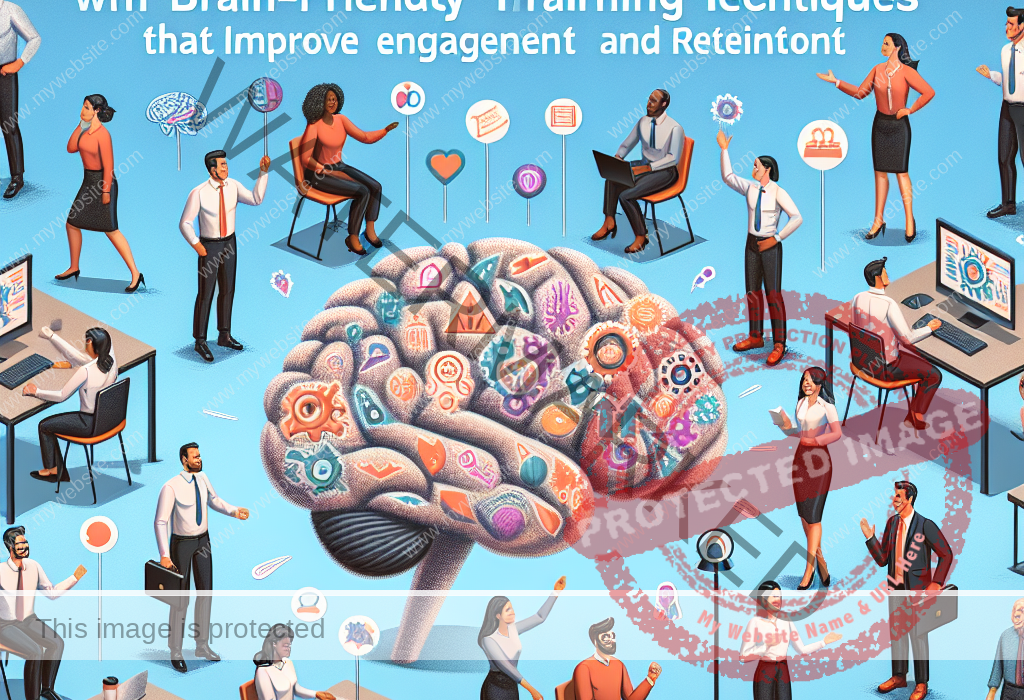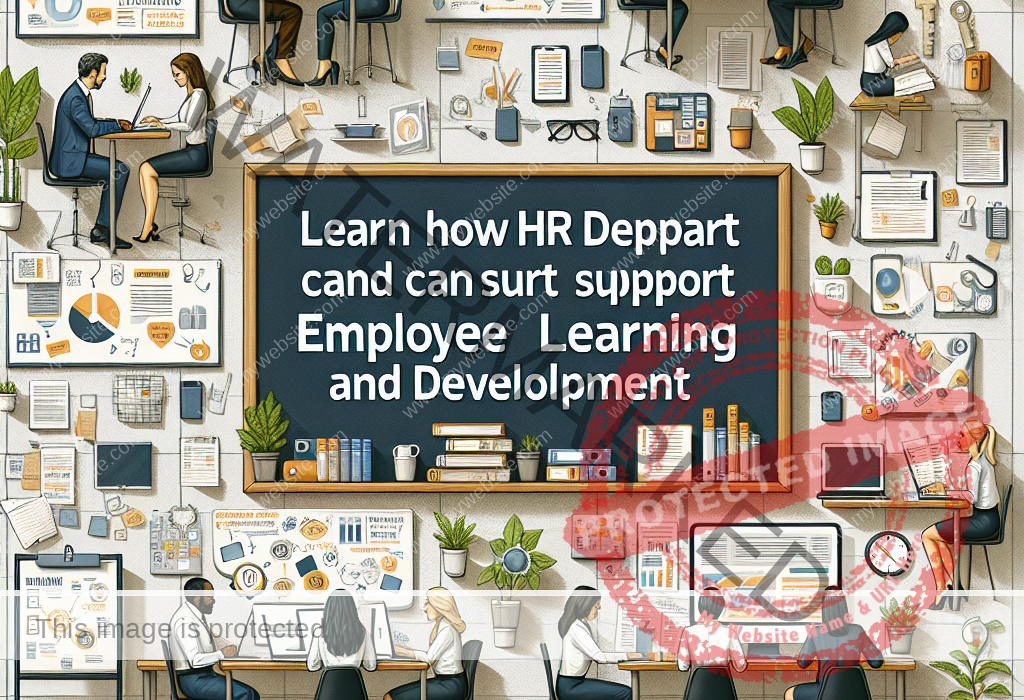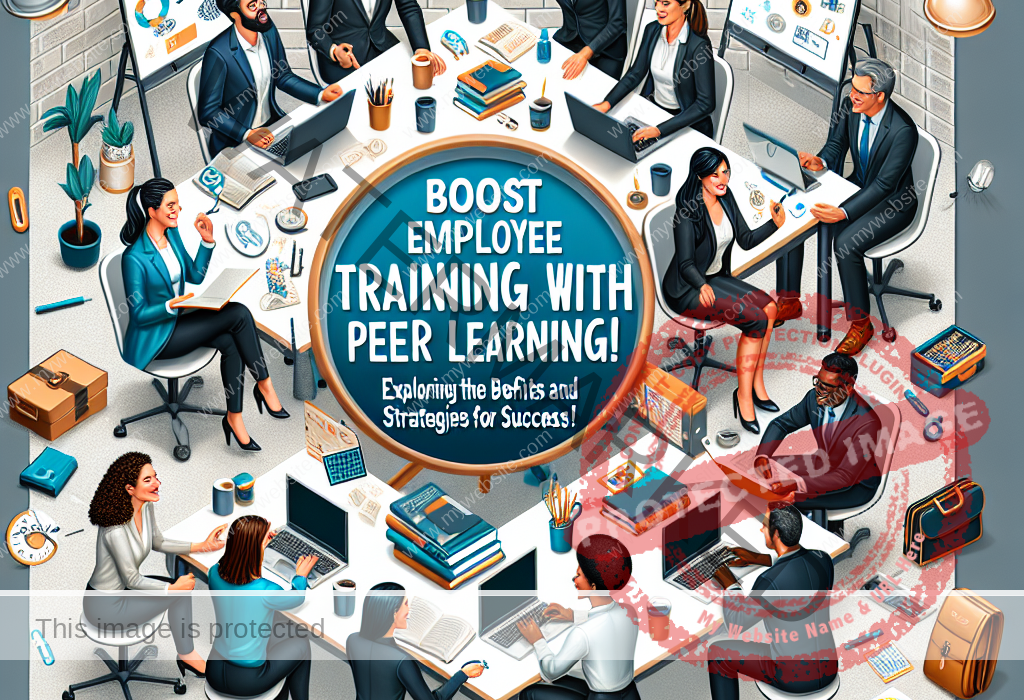How to Enhance Employee Development Through Brain-Friendly Training Techniques
Reading Time: 2 minutesDiscovering Brain-Friendly Approaches for Developing eLearning In my role as an eLearning developer, I’m always searching for innovative methods to elevate employee training and growth. When I stumbled upon an insightful article about brain-friendly training, I was captivated by the practical strategies it proposed to make learning more manageable and impactful. This











